Behind the Scenes – 6 Key Differences Every Writer Should Know.
When I started my journey as a writer, I thought writing a feature movie would be easier than an entire novel. Talk about ignorance is bliss. I never knew how difficult writing a feature could be compared to a book.
Guess what? The next hurdle was realising that everything I knew about writing a feature was irrelevant to writing for TV. Over the years, I came to understand the main differences between the art of writing for the Big Screen and writing for TV.
So, whether you’re crafting the next binge-worthy TV series or penning a blockbuster script destined for the silver screen, it’s essential to understand that television and film aren’t just two sides of the same coin—they’re different beasts altogether.
Here Are The 6 Key Differences Between Writing For TV And Film.
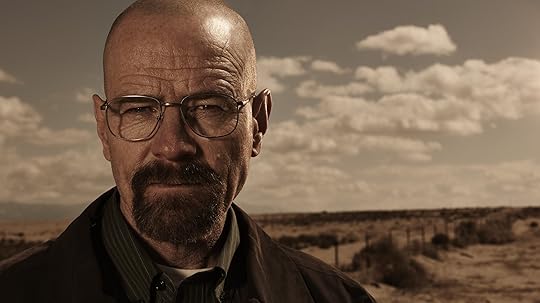
#1 – Story Structure: The Marathon vs. The Sprint.
When it comes to storytelling, the structure is your blueprint—it dictates how you lay out your narrative, build tension, and ultimately deliver a satisfying conclusion.
But depending on whether you’re writing for television or film, that blueprint can look dramatically different.
TV Writing.
Imagine you’re running a marathon, but instead of a single finish line, there are many mini-finish lines along the way. That’s TV for you! Each episode is like a chapter in a larger novel.
Take “Breaking Bad,” for example. Walter White doesn’t just break bad overnight—it’s a slow descent over five seasons. Every episode feeds into the next, with plotlines and character arcs weaving together to create an epic, ongoing story.
Film Writing.
Now, think of film as a 100-meter dash. You’ve got to hit the ground running, stay focused, and cross the finish line in record time.
In “The Shawshank Redemption,” everything is wrapped up neatly in a little over two hours. The story has a clear beginning, middle, and end, with no loose threads. It’s like a perfectly tied bow—satisfying and complete.
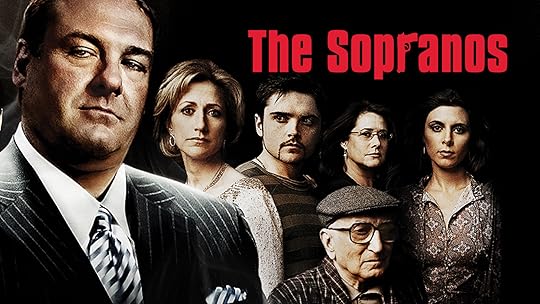 #2 – Character Development: The Slow Burn vs. The Flash Bang.
#2 – Character Development: The Slow Burn vs. The Flash Bang.
Character development is the heart of storytelling. It’s how you transform your characters from mere names on a page into fully realized individuals your audience cares about.
However, how you approach this transformation differs greatly between television and film.
TV Writing.
Remember Tony Soprano from “The Sopranos“? Over six seasons, we watch him evolve (and sometimes devolve) in ways that make us love and hate him simultaneously. TV allows you to take your time, peeling back the layers of your characters like an onion—slowly and with a few tears along the way.
Film Writing.
In film, character development is more like a fireworks display: quick, bright, and impactful.
Take “Joker.” Arthur Fleck’s transformation from a struggling comedian to an iconic villain is intense, and it happens in just over two hours. It’s like watching a storm roll in, where everything happens fast but leaves a lasting impression.
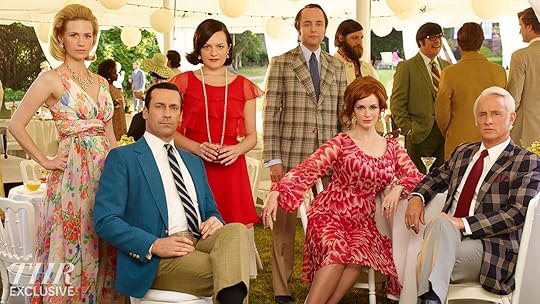
#3 – Pacing: The Long Game vs. The Quick Hit.
Pacing is all about how you control the flow of your story, how you build tension, and how you keep your audience engaged.
Depending on whether you’re writing for television or film, the approach to pacing can be vastly different
TV Writing.
Writing for TV is like playing chess. You can plan out your moves, take your time, and let the tension build gradually.
Shows like “Mad Men” are a perfect example—sometimes, it feels like you’re just hanging out with the characters, soaking in the atmosphere. The show takes its time, allowing subplots to flourish and characters to reflect.
Film Writing.
Film, on the other hand, is more like a game of poker—you’ve got to keep things moving and make every hand count.
In “Mad Max: Fury Road,” the pacing is relentless. There’s no time to stop and smell the roses because every scene drives the story forward at breakneck speed. It’s a high-octane ride from start to finish.
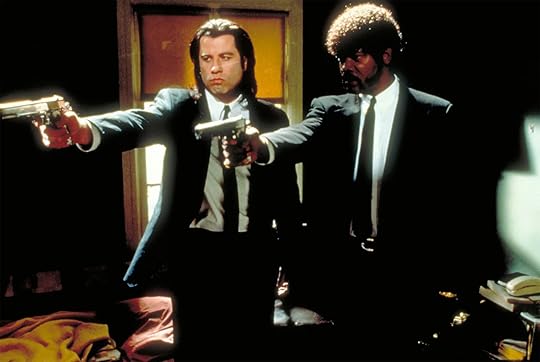
#4 – Dialogue and Scene Writing: The Chatter vs. The Punch.
Dialogue and scene writing are the tools screenwriters use to convey character, advance the plot, and immerse the audience in the story.
However, how you approach dialogue and scene construction varies significantly between television and film.
TV Writing.
When you’re penning a TV script, you can let your dialogue breathe and flow with a more relaxed, conversational vibe.
Think of “The West Wing,” where the characters don’t just talk—they talk and talk and talk. But don’t worry, this isn’t just idle chatter. This endless dialogue is our ticket into their world, giving us a front-row seat to their lives and the intricate world they navigate.
Aaron Sorkin, the maestro of rapid-fire dialogue, has even coined the term “Walk & Talk.” This clever trick keeps the conversations lively and dynamic as characters move through their world, all while the action unfolds around them. And guess what? The scenes often end on a tantalising cliffhanger, making us practically salivating for the next episode. It’s like a delicious appetiser that leaves you craving more—now that’s how you hook an audience!
Film Writing.
In the world of film, every single line of dialogue has to pack a serious punch.
Take the “Royale with Cheese” scene in “Pulp Fiction,” for instance.
On the surface, it’s a seemingly casual chat about fast food, but underneath, it’s bursting with character depth and clever foreshadowing.
Just like Quentin Tarantino, known for his razor-sharp, unforgettable dialogue, film scripts are crafted for maximum impact. There’s no room for idle chit-chat when you’ve only got two hours to captivate and dazzle your audience. Every word must be purposeful, every exchange loaded with meaning, ensuring that every moment counts in the fast-paced world of cinema.

#5 – Collaborative Process: The Writers’ Room vs. The Lone Wolf.
How stories are crafted in television and film isn’t just about the end product—it’s also about how they get there.
The creative process behind TV and film writing differs significantly, particularly in how collaboration plays out. Understanding the contrast between the TV writers’ room and the often solitary world of film writing can shed light on the unique dynamics of each medium.
TV Writing.
TV writing is like a team sport.
Think of “Game of Thrones“—the show had a massive writers’ room where ideas were tossed around, debated, and refined. It’s all about collaboration, with everyone working together to build a cohesive story. The showrunners guide the vision, but each writer contributes to the overall narrative, making it a true group effort.
Film Writing.
Writing for film is often more of a solo journey.
Christopher Nolan, for instance, wrote “Inception” largely on his own. Film writers are like lone wolves, crafting their scripts in solitude then working with directors and producers to bring the story to life. It’s a more singular vision, with less room for ongoing revisions once the camera starts rolling.
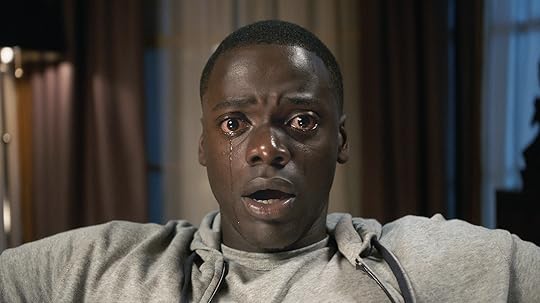
#6 – Viewer Engagement: The Hook vs. The Impact.
Viewer engagement is the lifeblood of both television and film, but the strategies to achieve it are quite different depending on the medium.
Whether you’re trying to keep viewers coming back week after week in a TV series or delivering a powerful, unforgettable experience in a movie, the approach to engaging your audience varies significantly.
TV Writing.
TV is all about the long game.
“Lost” kept viewers on the edge of their seats with cliffhangers, mysteries, and complex character arcs unravelling over the seasons.
It’s like an excellent book—you can’t wait to get to the next chapter, and you might even lose some sleep binge-watching just one more episode.
Film Writing.
With film, you’ve got to make a big splash right from the get-go.
“Get Out” is a masterclass in keeping viewers engaged from start to finish. The movie grabs your attention, pulls you into its world, and doesn’t let go until the credits roll. It’s a rollercoaster ride that leaves you thinking long after you’ve left the theatre.
In Conclusion – So there you have it—the ultimate showdown between writing for television and film.
Whether plotting out the next great TV series or crafting a cinematic masterpiece, understanding these differences will help you make the most of whichever medium you choose.
Remember, TV gives you the luxury of time, while film demands precision and impact. But both offer incredible opportunities to tell stories that resonate with audiences.
Now it’s YOUR turn – If you could write a TV series or film, which medium would you choose and why?
Would love to get your input in the comment box below.
The post Behind the Scenes – 6 Key Differences Every Writer Should Know. appeared first on Vered Neta.



